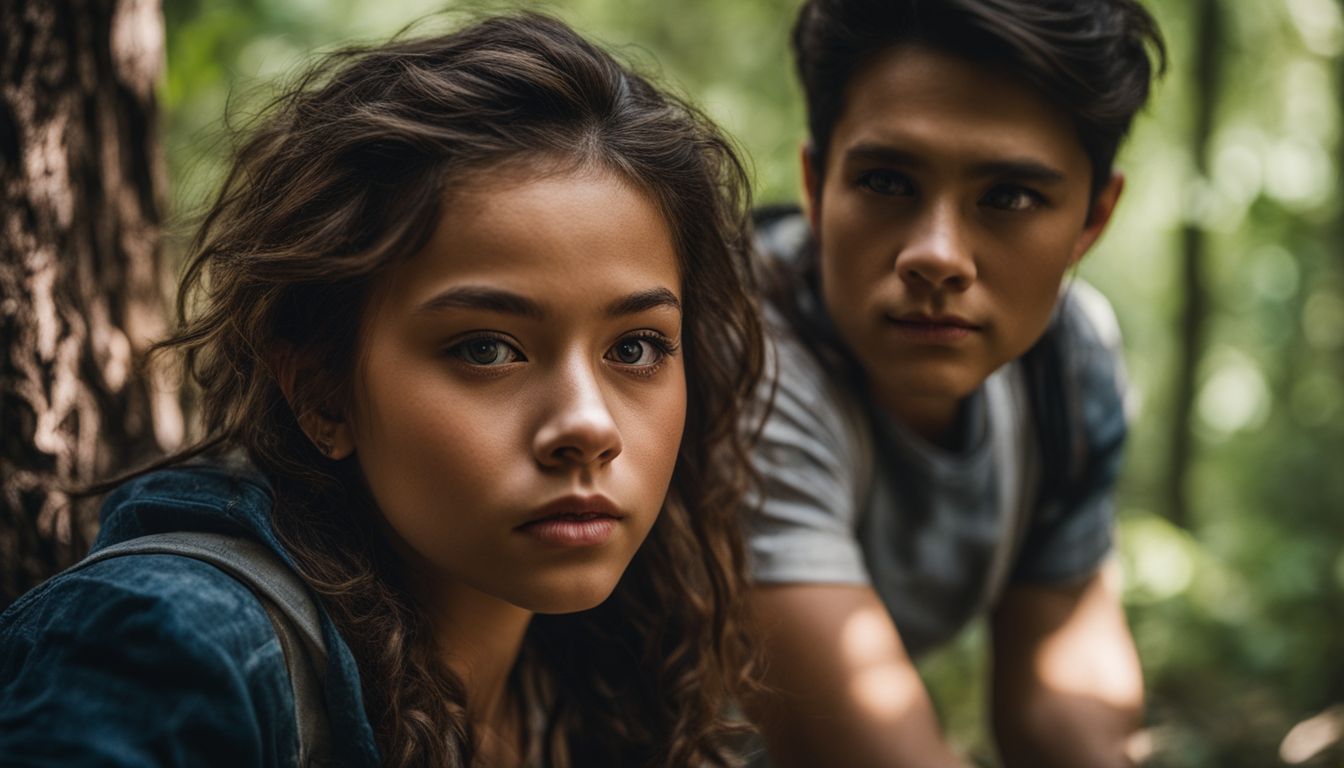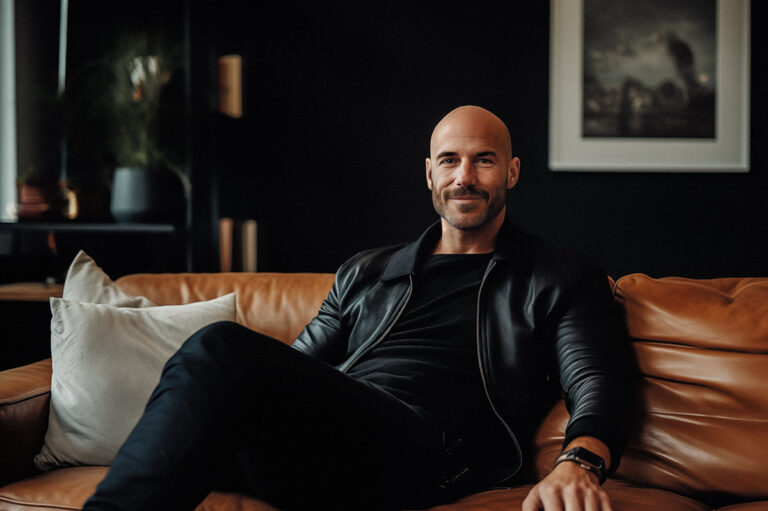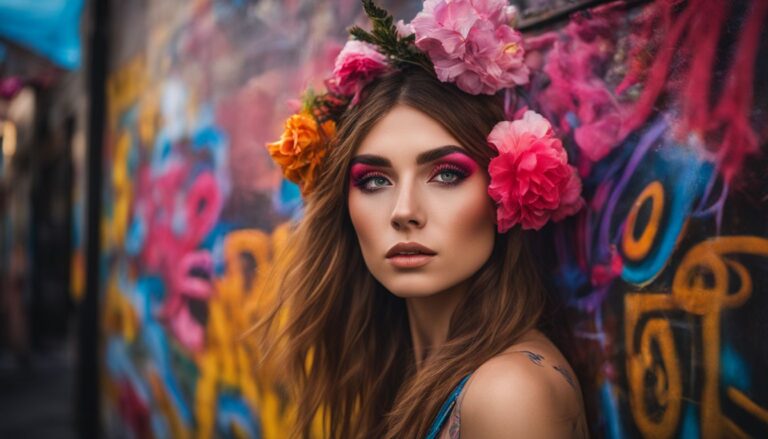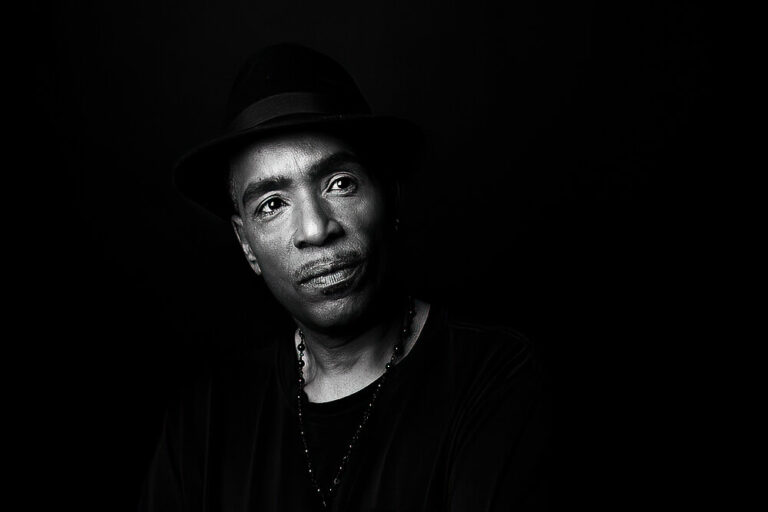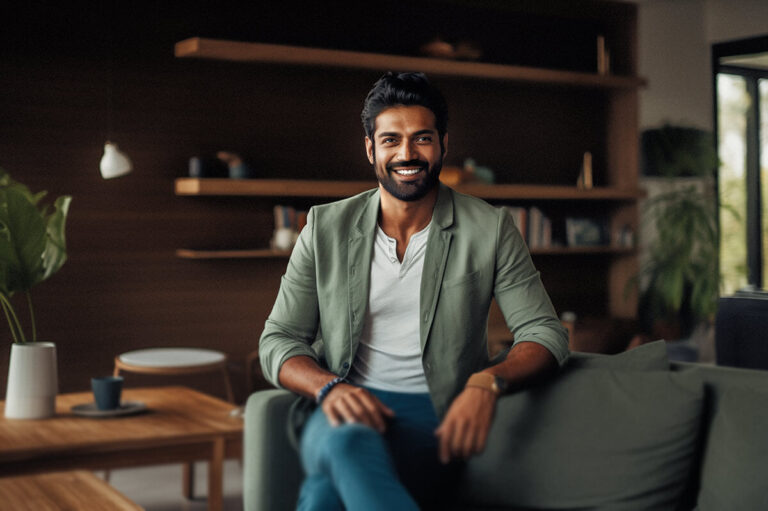The Intimate Gaze: Exploring Eye Contact In Portrait Photography
In photography, many of us have found ourselves at a crossroads, trying to encapsulate not merely a visage but an entire narrative within the confines of a single frame.
The challenge is crafting each photograph to emote and narrate eloquently without needing words. We’ve traversed this path, too, grappling with how to foster that profound connection between the subject and those who will later admire their likeness.
Our comprehensive exploration made it apparent that eye contact is a crucial bridge.
The magic of eye contact elevates a mundane snapshot into an enthralling saga where glances intertwine through epochs and distances. This piece delves into this remarkable phenomenon, juxtaposing various styles such as traditional versus fine art photography and scrutinising iconic portraits to grasp their full effect.
Our odyssey will unveil tactics for capturing that compelling stare, investigate the interaction it kindles between observer and muse, and examine its prowess in threading intimacy throughout the pictorial storyline.
Are you prepared for some enlightening revelations?
Key Takeaways
- Direct eye contact in portraits creates a strong bond between the subject and the viewer. This technique makes people feel connected and involved.
- Portraits where subjects look away spark curiosity, letting viewers imagine their own stories. These images invite us to think deeply about what we see.
- The way a portrait is taken impacts how we see it. Direct gaze can make us feel close to the subject, while an indirect gaze leaves room for mystery.
- Photographers use styles like traditional or fine art portraiture to show subjects uniquely. Each style affects how we connect with the image.
- Eye miniatures and the photographer’s focus are critical in creating intimacy through photography, shaping our emotional response to the picture.
The Power of Eye Contact in Portraiture

The gaze in portrait photography is significant. It conveys emotions and establishes a connection between the subject and the viewer. Direct eye contact creates a compelling narrative, drawing the audience into an intimate interaction with the subject, while looking away can evoke an air of mystery and introspection.
This duality underpins the impact of eye contact on creating powerful and resonating portraits that go beyond mere visual representation.
Direct eye contact versus looking away
Direct eye contact in portrait photography creates a strong bond between the subject and the viewer, making images feel personal and intimate. Photographers position their subjects’ heads near the camera axis to achieve this.
This method ensures that eyes meet directly with those looking at the photo. It draws people into the image, making them feel a connection.
Looking away does something different. It sparks curiosity and lets stories unfold in viewers’ minds. Without direct gaze cues, portraits invite viewers to imagine what lies beyond the frame or within the subjects’ thoughts.
These images open up worlds of interpretation, setting a scene for introspection and enigmatic narratives without saying a word.
Impact on the final image
Moving from the dynamics of eye contact, we explore its effect on the final photograph. The choice between direct gaze and averted eyes doesn’t just affect how subjects appear; it significantly shapes the viewer’s connection to the image.
We have seen firsthand that portraits, where subjects lock eyes with the lens, can establish an immediate bond with viewers, inviting them into a moment of shared understanding.
Portraits of subjects looking elsewhere often weave stories of thoughtfulness or mystery, leaving space for interpretation. This ambiguity invites viewers to fill in the narrative gaps, actively engaging their imagination.
Our practice has shown that such images linger in memory longer, prompted by the intrigue they instil. Through careful consideration of gaze direction and intensity, photographers control social perception and emotional engagement within each frame.
Traditional portraiture versus fine art portraiture
In traditional portraiture, the subject often looks directly at the camera, creating a strong connection between the subject and viewers. Keeping the subject’s head close to the lens helps achieve this effect.
It makes us feel like we know them.
Fine art portraiture takes a different path. Here, subjects might not look right at us. They may gaze off to one side or even have their eyes closed. This adds mystery and invites us to think about their feelings or thoughts.
It turns a simple photograph into something more profound and thoughtful.
Analysing Portraits
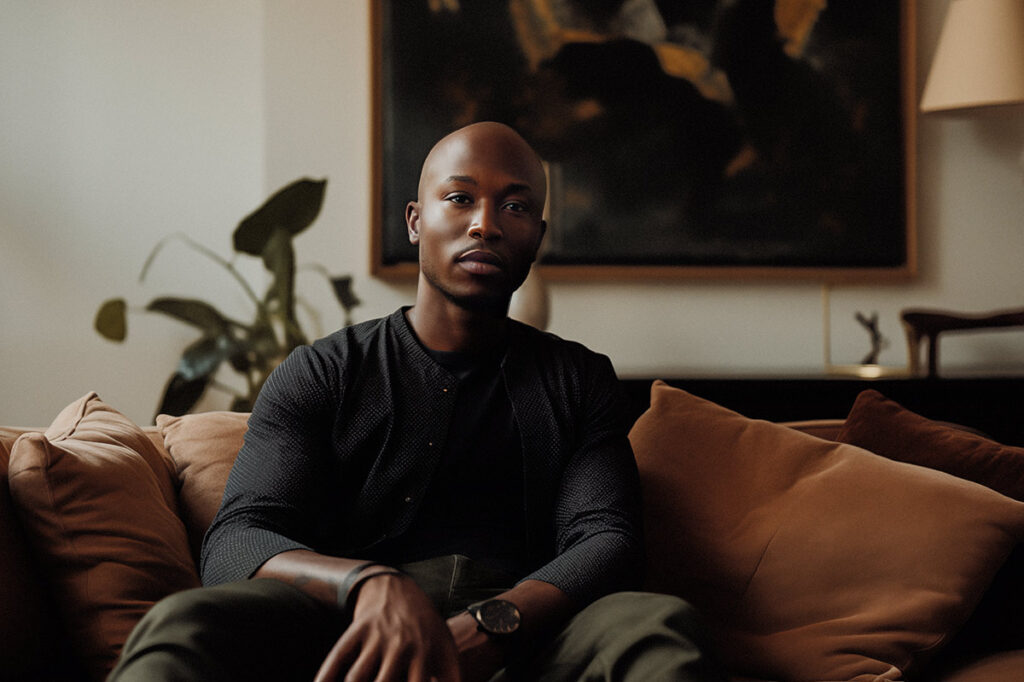
Let’s delve into the portraits and uncover their depth. Examine each portrayal and unlock their nuances.
Riz Ahmed by Sharif Hamza
Sharif Hamza captured Riz Ahmed in a way that challenges us to look deeper. The portrait shows Ahmed gazing directly at us, creating an instant connection. This method invites viewers into a moment of quiet intimacy with the subject.
Direct eye contact like this changes how we see and feel about the image. It’s as if Ahmed is sharing something personal with those who take the time to see him.
This photography goes beyond mere appearance; it brings out emotions and stories. When Ahmed looks straight at the camera, he seems to have power over how we perceive him. Yet, there’s also a sense of vulnerability, as if he’s willingly allowing us into his world.
This balance between power and openness makes the portrait stand out in our minds and hearts.
Aida Overton Walker by Cavendish Morton
We must examine Cavendish Morton’s portrait of Aida Overton Walker to understand how gaze and orientation shape our perception. Overton Walker’s direct look engages viewers in this image, drawing them into a moment frozen in time.
Her eyes serve as a bridge, connecting her world with ours and inviting us to delve deeper into her story. This connection is not merely about the visual contact; it evokes emotions and thoughts about who she was beyond the photograph.
Our analysis does not rest on observation alone. We have studied countless portraits and experimented with various techniques in our work. From this hands-on experience, we can say that Morton’s composition effectively uses social gaze to capture Overton Walker’s essence, making the viewer feel an unwavering presence within the frame.
The power dynamics at play here are subtle yet profound, as they allow Overton Walker to hold power over how she is perceived – confident, composed, and timeless.
Stormzy by Olivia Rose
Olivia Rose’s portrait of Stormzy stands out for its intimate portrayal, bringing the rapper closer to us. His direct gaze at the camera creates this intimacy, making him feel more familiar and relatable.
The effect of our subject looking straight at viewers invites them into his world, sparking curiosity and inviting countless interpretations.
The eyes are the window to the soul.
Our analysis dives deep into how this picture shifts power dynamics, with Stormzy holding command yet offering a personal connection. Through our experience studying portraits, we’ve learned that such eye contact can convey emotion powerfully and affect social interaction between the subject and the viewer.
This portrait by Olivia Rose thus exemplifies how powerful a direct look can be in forging an intimate bond with those who view it.
Understanding Power Dynamics
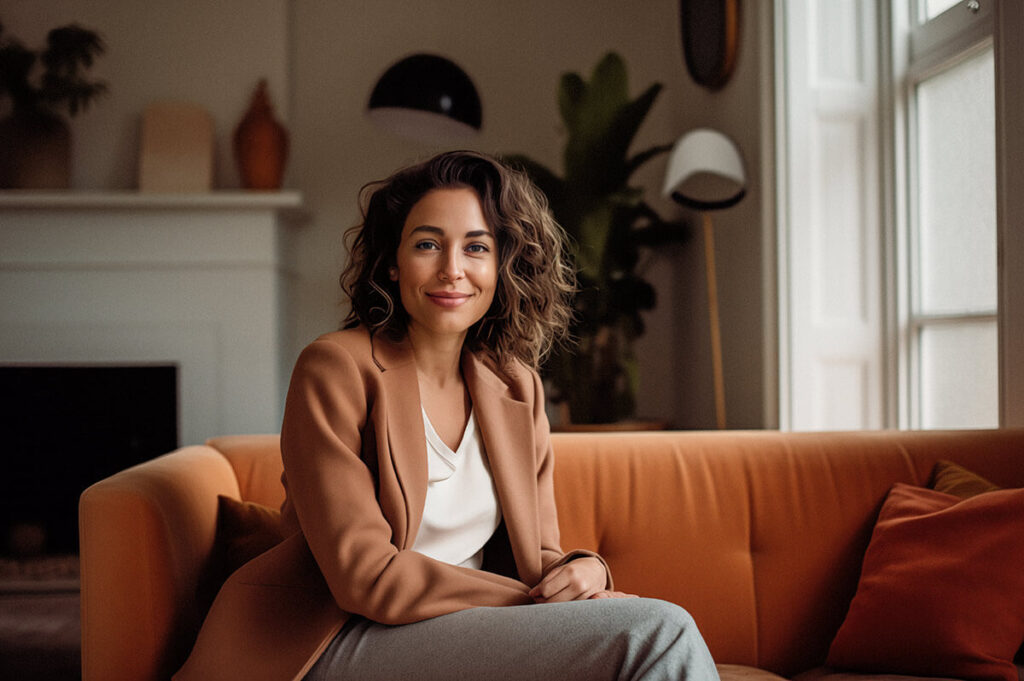
Explore who wields influence in a portrait and the role of the observer. Investigate how the viewer’s perception impacts power dynamics in portraiture. For further insights, delve into entities such as “gaze conditions,” “social attention,” and “interaction between gaze.”.
Who holds the power in a portrait?
The power in a portrait swings like a pendulum between the subject and the viewer. Direct eye contact from the model hands control to them, creating an intimate bridge. This connection invites us into their space, making us feel known and seen.
The eyes act as windows through which emotions and stories pour out, establishing a unique bond.
On the flip side, portraits where the gaze is averted or eyes are closed shift dominance to those of us looking at the image. We become more than mere observers; we become narrators of their stories.
With each person’s interpretation adding layers, these images whisper secrets waiting to be unravelled by our imagination. Curiosity fuels our perception, allowing countless narratives to blossom without direct engagement.
The role of the viewer
Direct eye contact with the viewer in portrait photography engages them and creates intimacy, turning them into active participants in the narrative. This gaze draws the viewer in, creating a personal connection that compels them to consider the portrait for longer.
It’s an invitation to explore and interpret the image deeper.
Portraits without direct eye contact invoke curiosity and spark countless narratives and interpretations in the viewer’s mind. The absence of direct eye contact encourages viewers to engage more actively with the subject, as they feel less subjected to scrutiny.
The Intimacy of the Gaze
The intimacy of the gaze is an essential element in portrait photography. It holds the power to convey emotions and connect deeply with the viewer. The photographer’s ability to capture this intimate exchange between subject and audience shapes a profound narrative within each portrait, drawing viewers into raw emotion and unspoken communication.
For more insights on exploring the captivating intimacy of the gaze, delve further into our in-depth analysis.
Eye miniatures and their portrayal of intimacy
Eye miniatures create an intimate and personal connection between the subject and the viewer through direct eye contact, fostering a sense of closeness. These miniature portraits often depict an individual gazing directly at the viewer, establishing a profound emotional bond that transcends conventional portraiture.
By keeping the subject’s head aligned with the camera axis, photographers can craft eye miniatures that draw in viewers and evoke strong feelings of intimacy.
The portrayal of intimacy in eye miniatures is achieved by maintaining direct eye contact with viewers, thus creating a powerful and personal connection. This technique effectively draws attention to the eyes, capturing the essence of human emotion within these miniature works of art.
The influence of the photographer’s gaze on the subject and viewer
The photographer’s gaze strongly influences the subject and viewer, capturing the essence of a moment from their unique perspective. The direction and intensity of the photographer’s gaze shape how they perceive the subject and guide how viewers interpret the final image.
This keen eye plays a vital role in creating a sense of intimacy and bringing together social cues within the portrait. Moreover, it underpins the power dynamics within the frame, subtly communicating who holds control and commanding attention to specific elements or emotions in the composition.
In addition to this influence, we’ve observed through our own experiences that even subtle changes in where a photographer directs their gaze can drastically alter perception and emotional response in ways that might surprise you.
Redefining masculinity through the feminine gaze in portraiture
The feminine gaze in portraiture offers a fresh perspective on masculinity, challenging stereotypes and traditional notions. It invites curiosity and sparks diverse interpretations related to masculinity, significantly altering the narrative and representation of masculinities.
This new perspective creates intimacy and a personal connection, allowing for the redefinition of masculinity through visuals that redefine societal perceptions.
– Intimacy through eye contact
– Redefining masculine narratives
Conclusion
In conclusion, exploring the intimate gaze in portrait photography has revealed the profound impact of eye contact on creating a personal connection between the subject and the viewer. We’ve analysed the power dynamics and discovered how direct eye contact draws viewers into a narrative, making them active participants in the image.
By understanding the significance of eye contact, photographers can create portraits that provoke curiosity and spark diverse interpretations. Emphasising practical strategies for achieving direct eye contact enhances portraiture’s ability to captivate and engage viewers.
The importance of this exploration lies in its potential to transform traditional portraiture into compelling storytelling that transcends mere visual representation.
FAQs
Q: As a photographer, how can I utilize the power of the intimate gaze in portrait photography?
A: To unlock the power of the intimate gaze in portrait photography, focus on capturing the model’s gaze to convey emotion and connection with the viewer. Pay attention to the direction of the gaze, the expression in the eyes, and the overall mood you want to create in the photo.
Q: Why is having a keen eye critical for portrait photographers?
A: Having a keen eye as a photographer allows you to notice subtle details, such as the model’s gaze and head orientation, which can significantly impact the composition and emotional impact of the portrait. It helps capture meaningful moments and convey storytelling elements through photos.
Q: How does the presence and direction of gaze affect the perception of a portrait?
A: The presence and direction of gaze in a portrait can influence how the viewer interacts with the image. A direct gaze often creates a sense of connection and engagement, while an averted gaze can evoke mystery or introspection. Photographers can guide the viewer’s attention and evoke specific emotions by playing with gaze direction.
Q: How can photographers modulate the gaze and head orientation in portrait photography?
A: Photographers can modulate the gaze and head orientation by directing the model to look in different directions, adjusting the angle of the head, and experimenting with the intensity of the gaze. These subtle changes can convey various emotions, intentions, and narratives within the portrait.
Q: How does the perception of the eye play a crucial role in portrait photography?
A: The perception of the eye is essential in portrait photography as it is often the focal point of the image. The eyes convey emotions, personality, and connection. Photographers can create impactful and engaging portraits by capturing the model’s gaze and expressions compellingly.
Q: What role does the gaze play in processing facial expressions in photography?
A: The gaze plays a significant role in how facial expressions are perceived and interpreted. The direction of the gaze can influence the viewer’s understanding of the model’s emotions and intentions. By manipulating the gaze in portraits, photographers can enhance their images’ storytelling and visual impact.
Q: How can photographers create a sense of intimacy through gaze and facial expressions?
A: To create a sense of intimacy in portraits, photographers can focus on capturing genuine and emotive expressions in the model’s face and eyes. By establishing a connection through the gaze and expression, photographers can evoke the viewer’s empathy, curiosity, and emotional resonance.


